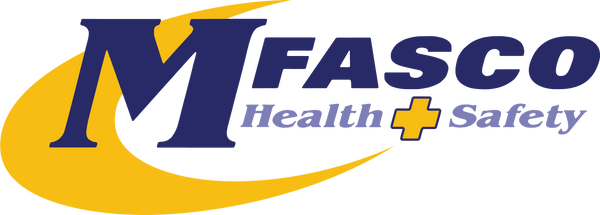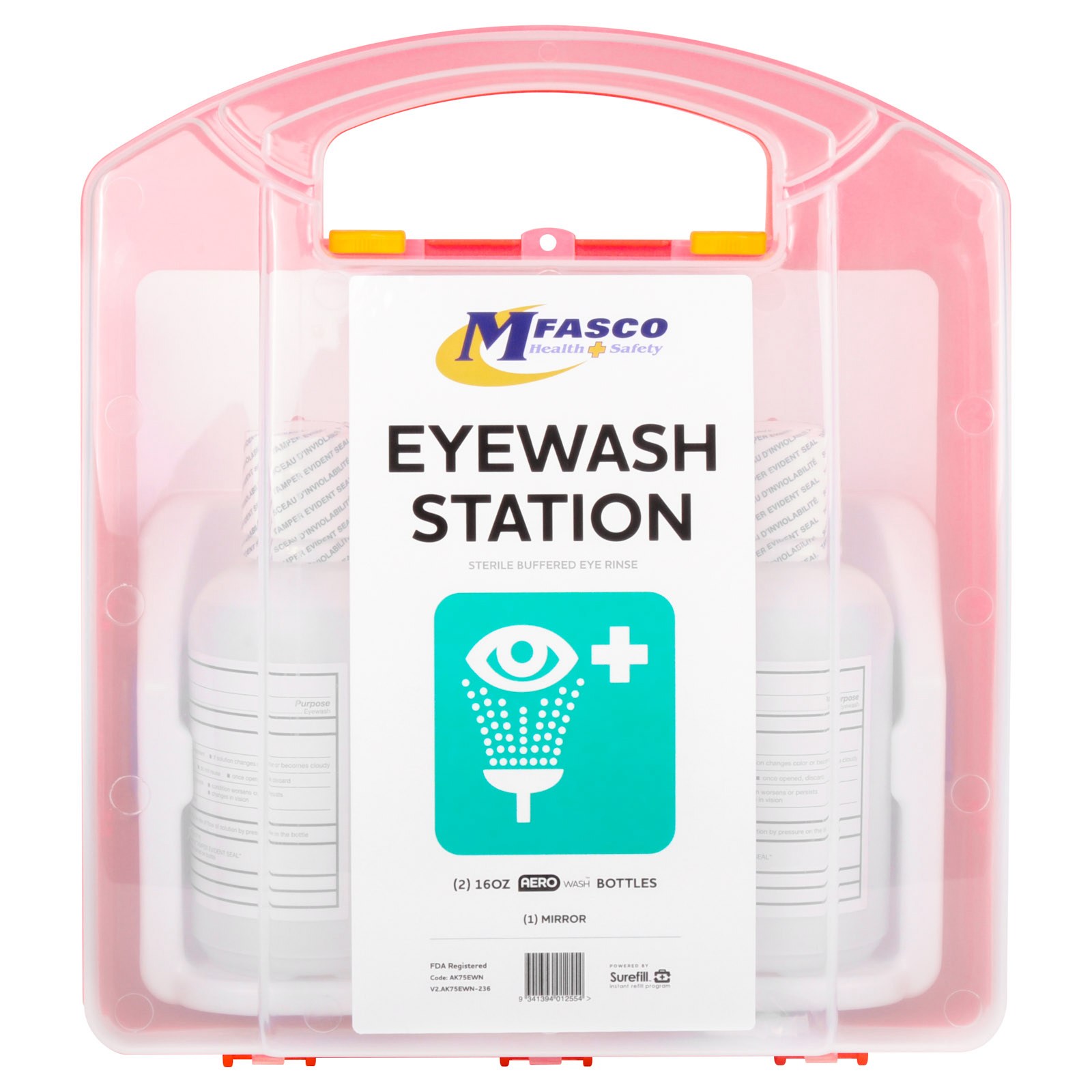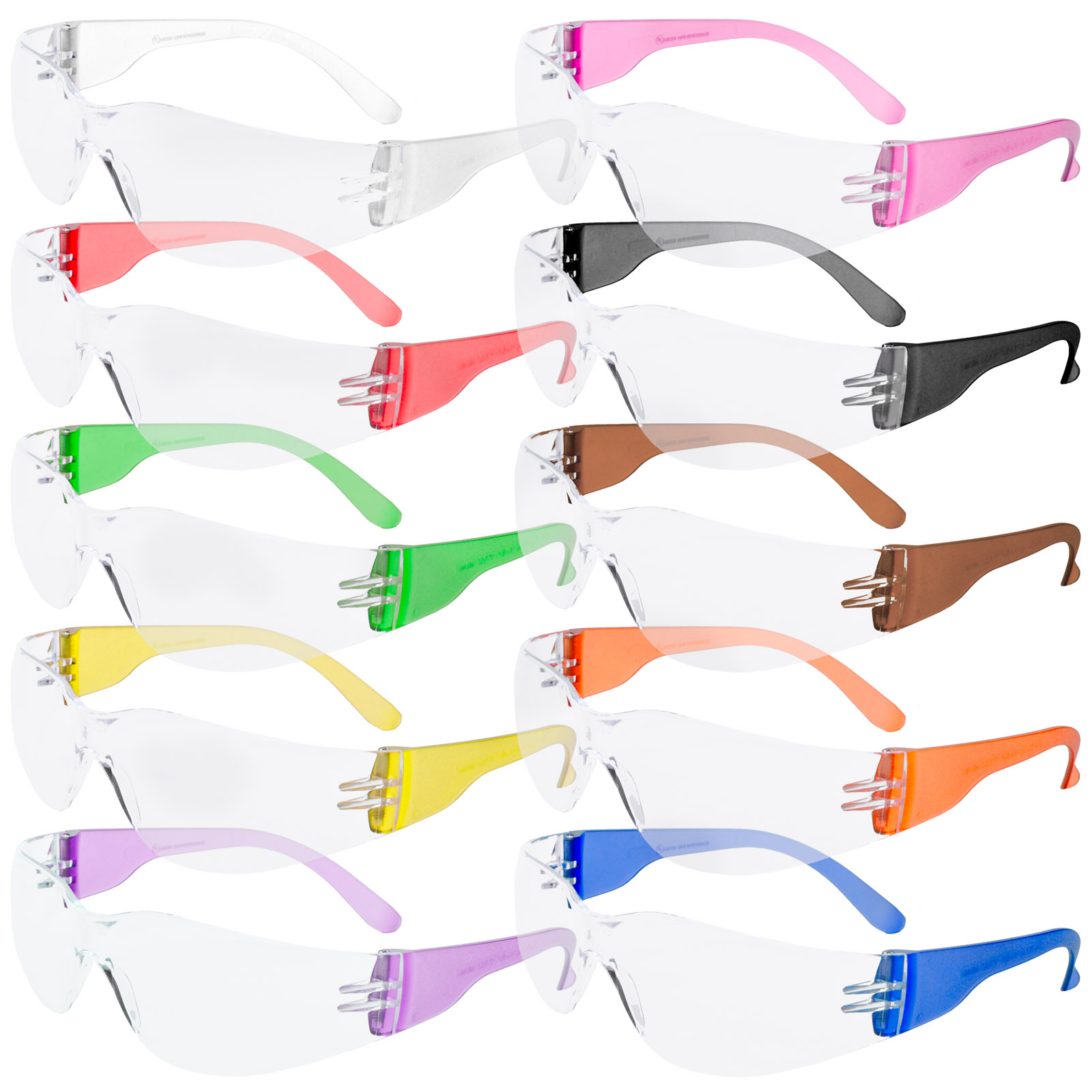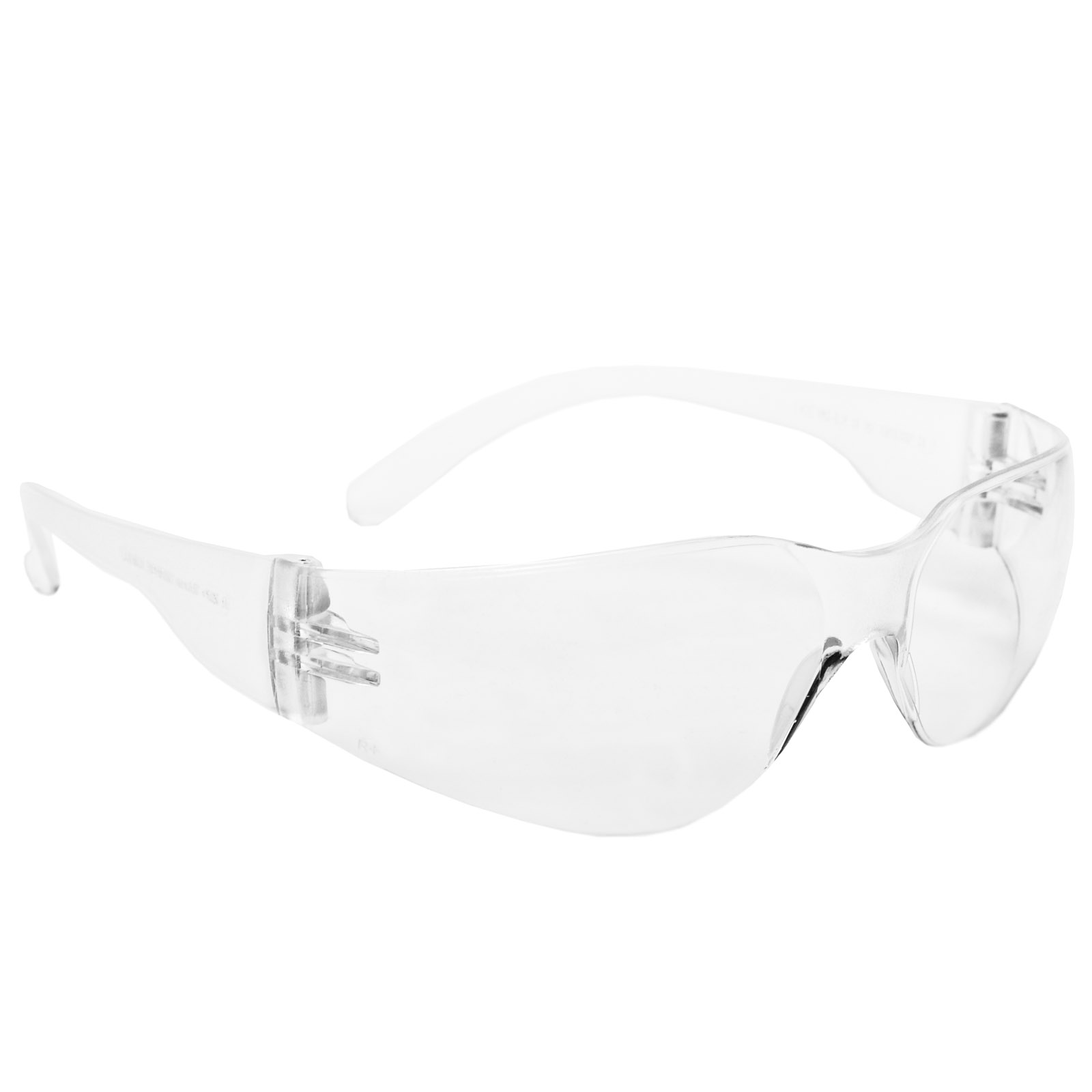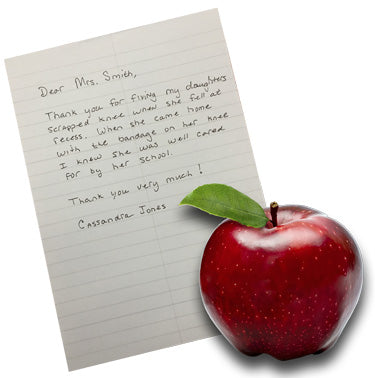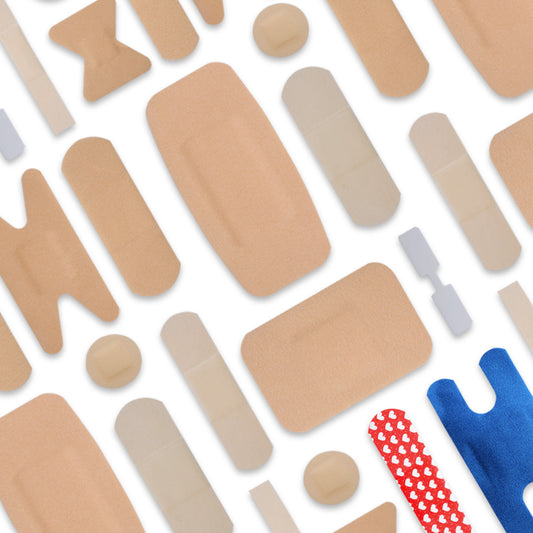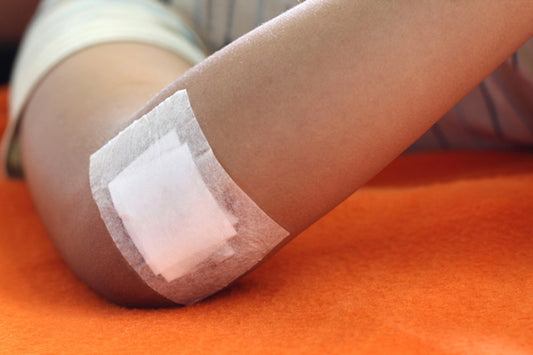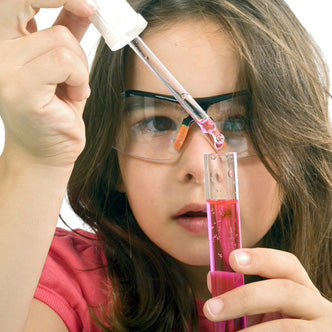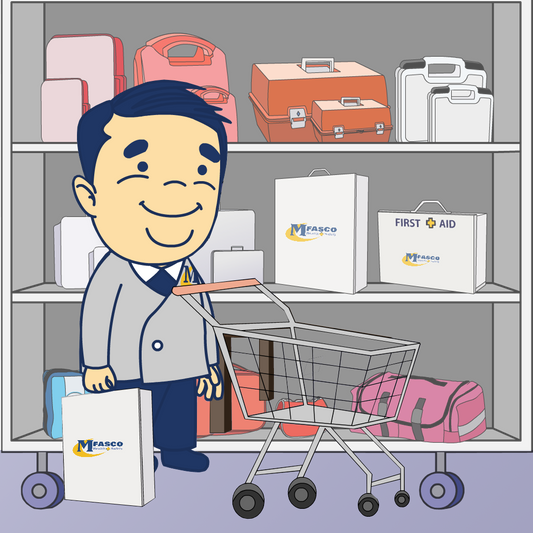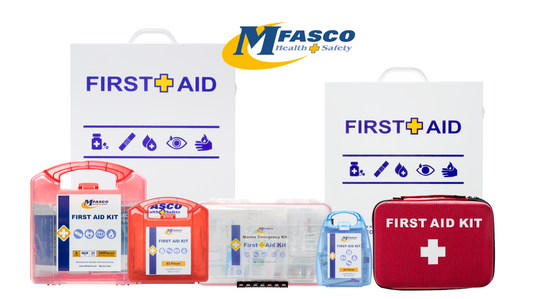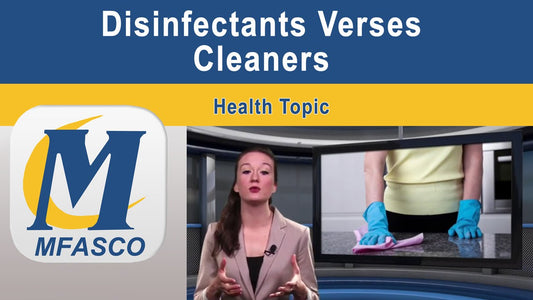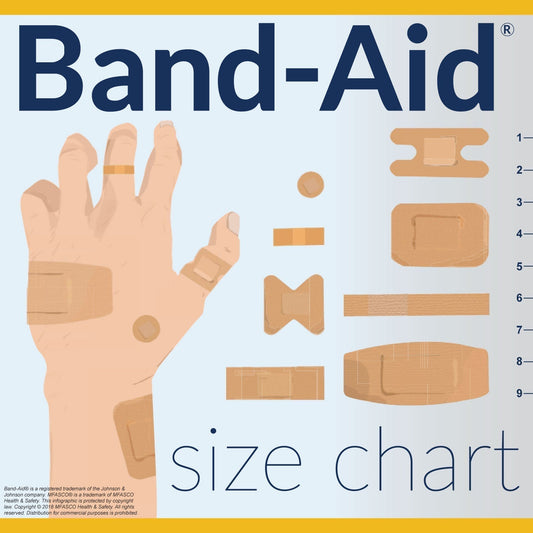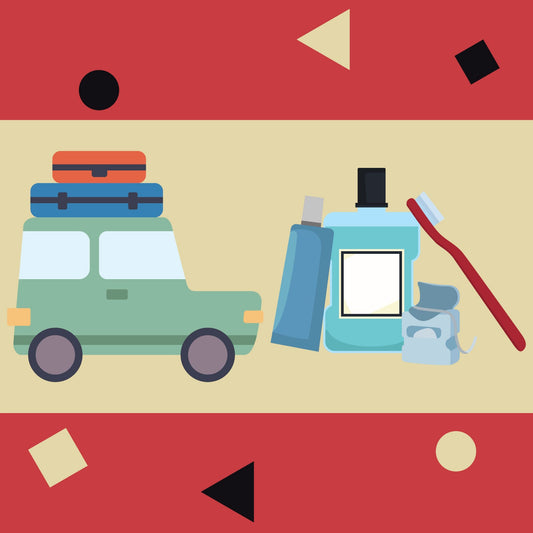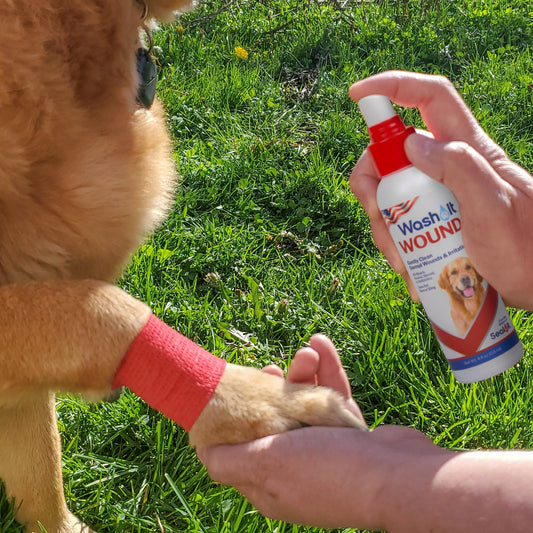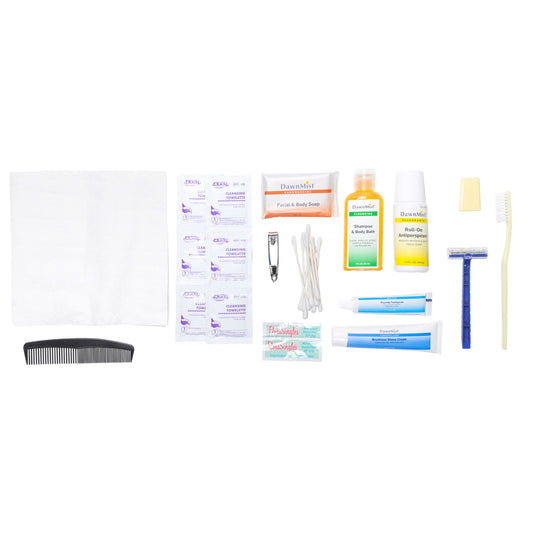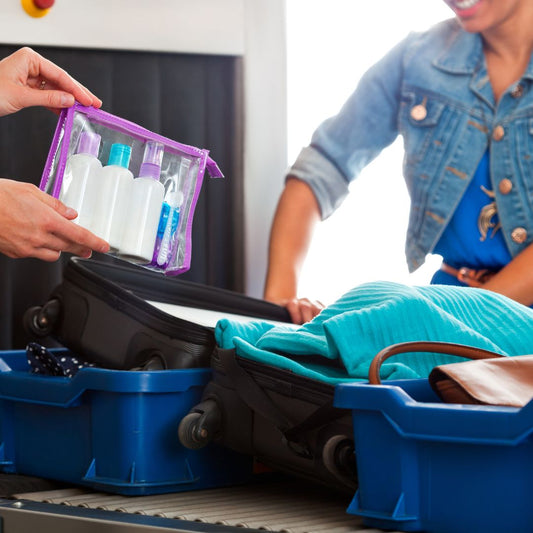Eye Safety in Schools
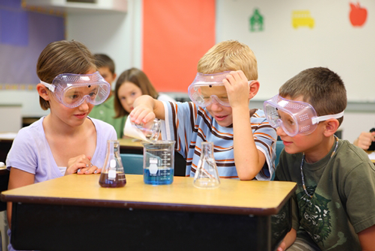
Hands-on activities are some of the most effective educational programs. Students at your school can get a lot more out of a lesson if they are able to experiment and create projects themselves.
In some cases, to get a truly immersive experience in science or manufacturing, students might work with materials or tools that pose certain risks. While steps are taken to protect students' body parts that come in contact with the material, eye safety can be overlooked. Here are some eye safety guidelines to keep in mind while working in chemistry and shop classes:
Chemistry class eye safety
Chemistry class experiments may involve potentially dangerous materials, such as alkalis and acids.
"Safety goggles need to be provided for each student."
Identify hazards - Be aware of what each chemical is and its effects when it comes in contact with body parts such as eyes. Provide special storage and instruction for materials that may be hazardous. Clearly label each ingredient and make sure students can identify chemicals on sight. If a chemical does come into contact with a student's eyes, there shouldn't be any guesswork about what it is and what to do next.
Provide equipment - Safety goggles need to be provided for each student. The American Chemical Society states safety glasses do not provide enough protection from possible chemical spills. Goggles must be worn throughout the duration of the laboratory experiences, from the very initial stages of set up until all the equipment is cleaned and put away.
Maintain your protective goggles. Make sure there are no cracks or damage to the surface. Make sure the goggles are clean. Students should be able to see clearly to prevent errors. In the event of a mistake, a chemical eyewash station or eyewash solution should be available.
Prepare treatment - If a chemical does come in contact with a student's eyes, be aware of the treatment practice for each substance. Most chemicals should be rinsed out immediately, so you need to make use of your eye wash station or solution. In the case of severe burns, contact emergency professionals.
Shop class eye safety Shop class safety should be handled with the same amount of care as chemistry classes, but working with high-powered tools can present its own set of unique challenges.
Identify hazards - The CDC warns small particles such as metal slivers and wood chips are the primary cause of eye injury when working on a construction project. Be aware of what tools throw off the most debris and what areas are in the possible hazard zone. Emphasize safety the moment students step into a work area.
 Safety glasses protect students from small debris.
Safety glasses protect students from small debris.
Provide equipment - Eye protection should be worn by everyone in every part of the work area. Safety glasses should provide adequate protection from particle projectiles. Normal glasses and contacts will not be enough. Make sure all safety glasses are in good shape and offer clear vision.
In the event of working with larger tools that might generate heat or other further dangers, you need to provide face shields or similar protection.
Prepare treatment - If debris gets in a student's eye, you should contact health officials. In some cases, you can try gently cleaning out the eye with water or an eyewash solution. If this does not work, you should just protect the affected eye with bandages and wait for professional help. It is unwise for teachers or students to remove debris themselves and risk further injury to the eye.
These two classes offer the most potential safety concerns, but eye safety should be considered in any educational experience that involves unique materials and direct student involvement.
School Products & Accessories
MFASCO's Make a Kit Tool
School First Aid Kits
Reorder Lists for First Aid Kits
Additional Resources for Reordering School Kits & Supplies
First Aid in Schools
4 Tips for School First Aid Guidelines & Procedures
Essential First Aid Kit Supply List
Contributing Expert

Mike Brinker
Mike Brinker has been working in the first aid industry for over 35 years. He has worked with thousands of businesses,groups, and organizations to provide a healthy and safe work environment. Mike helped create “Make-A-Kit”, the internet's only online first aid kit creation tool. He has also authored many helpful first-aid and safety-related resource articles found at the MFASCO Learning Center.
